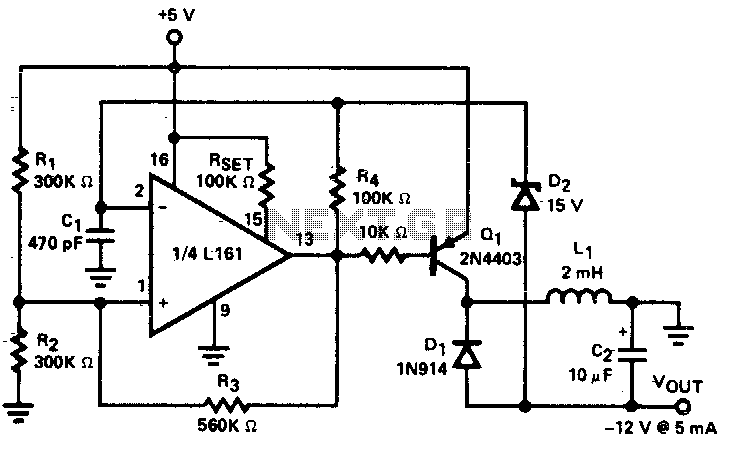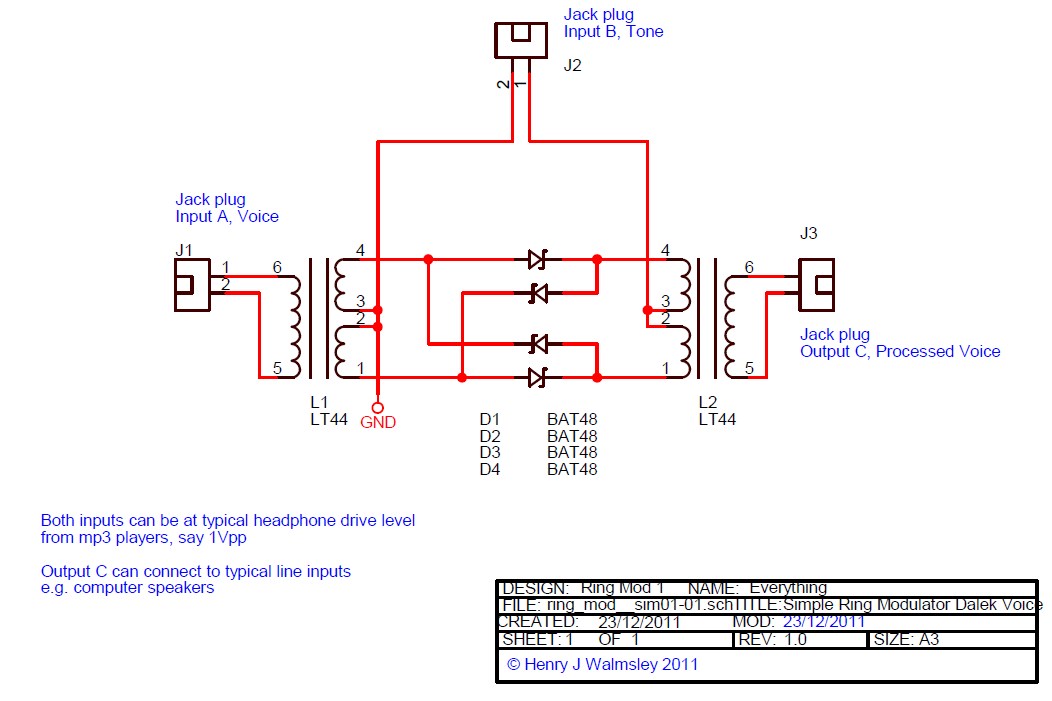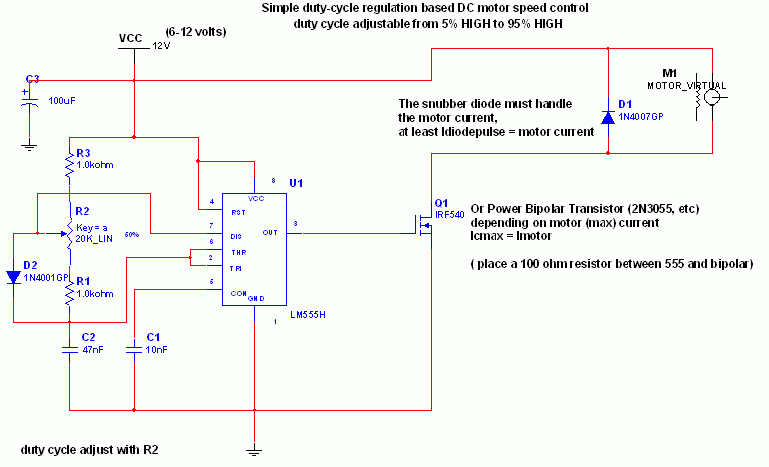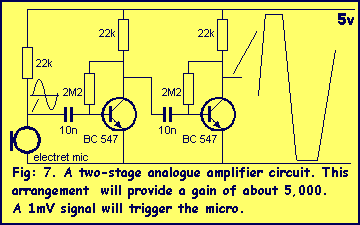
ADC0808 - Simple Analoque to Digital Converter

This is a straightforward analog-to-digital converter circuit utilizing an 8-bit analog-to-digital converter (ADC0808). Typically, an analog-to-digital converter (A/D Converter / ADC) necessitates interfacing with a microprocessor to convert analog signals.
The ADC0808 is a widely used 8-bit A/D converter that can convert analog signals into digital data. It features a parallel output, which allows for direct interfacing with microprocessors and microcontrollers. The conversion process involves sampling an analog voltage and converting it into a corresponding 8-bit binary number, where the output can represent values from 0 to 255.
The circuit typically consists of the ADC0808 connected to an analog input source, such as a sensor, and a microprocessor that reads the digital output. The ADC0808 requires a reference voltage, which determines the range of analog input values that can be converted. This reference voltage is often set to a standard value, such as 5V, allowing for an input range of 0 to 5V.
To initiate the conversion process, the microprocessor sends a start signal to the ADC0808. The ADC then samples the input voltage, and after a short delay, the digital output becomes available. The microprocessor can then read the 8-bit data from the ADC's output pins, which correspond to the sampled analog voltage.
In addition to the ADC0808, the circuit may include additional components such as operational amplifiers for signal conditioning, resistors for biasing, and capacitors for noise filtering. Proper layout and grounding techniques are essential to minimize noise and ensure accurate conversions.
Overall, the ADC0808 circuit is a fundamental building block in many electronic systems where analog signals need to be processed or monitored digitally. Its simplicity and effectiveness make it suitable for various applications, including data acquisition, instrumentation, and control systems.This is a very simple analoque to digital converter circuit based on 8-bit analog-to-digital converter ADC0808. Typically analogue-to-digital converter (A/D Converter / ADC) requires interfacing through a microprocessor to convert analogue..
🔗 External reference
The ADC0808 is a widely used 8-bit A/D converter that can convert analog signals into digital data. It features a parallel output, which allows for direct interfacing with microprocessors and microcontrollers. The conversion process involves sampling an analog voltage and converting it into a corresponding 8-bit binary number, where the output can represent values from 0 to 255.
The circuit typically consists of the ADC0808 connected to an analog input source, such as a sensor, and a microprocessor that reads the digital output. The ADC0808 requires a reference voltage, which determines the range of analog input values that can be converted. This reference voltage is often set to a standard value, such as 5V, allowing for an input range of 0 to 5V.
To initiate the conversion process, the microprocessor sends a start signal to the ADC0808. The ADC then samples the input voltage, and after a short delay, the digital output becomes available. The microprocessor can then read the 8-bit data from the ADC's output pins, which correspond to the sampled analog voltage.
In addition to the ADC0808, the circuit may include additional components such as operational amplifiers for signal conditioning, resistors for biasing, and capacitors for noise filtering. Proper layout and grounding techniques are essential to minimize noise and ensure accurate conversions.
Overall, the ADC0808 circuit is a fundamental building block in many electronic systems where analog signals need to be processed or monitored digitally. Its simplicity and effectiveness make it suitable for various applications, including data acquisition, instrumentation, and control systems.This is a very simple analoque to digital converter circuit based on 8-bit analog-to-digital converter ADC0808. Typically analogue-to-digital converter (A/D Converter / ADC) requires interfacing through a microprocessor to convert analogue..
🔗 External reference





